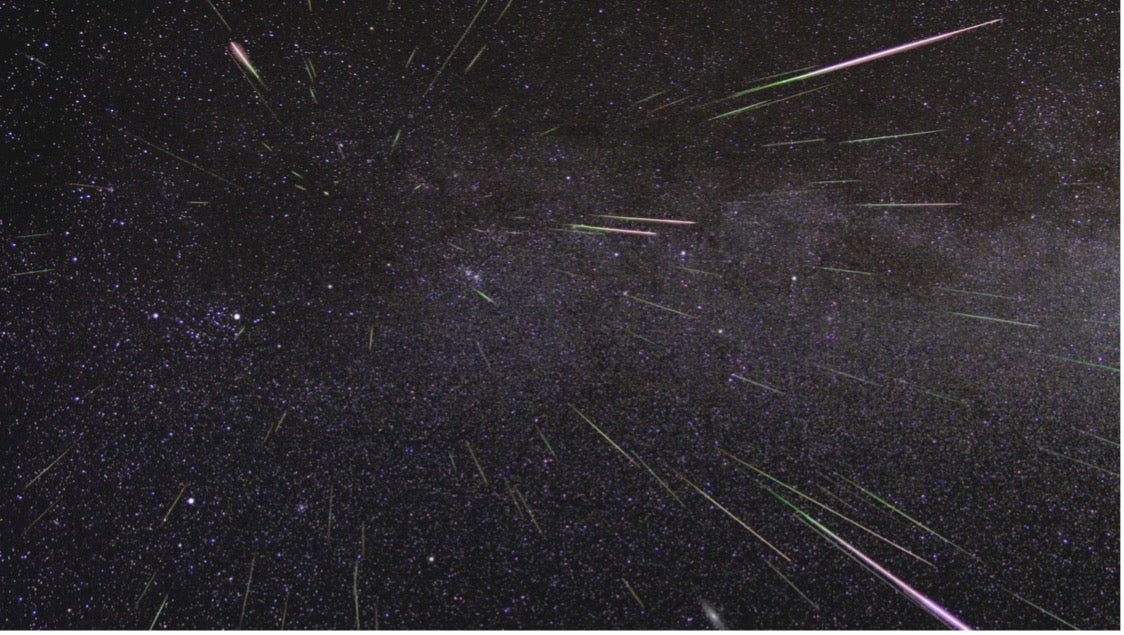🚀 Space Business: Is the Lunar Anthropocene upon us?
Humans have been leaving their impact on the Moon for decades now

Nearly 65 years ago, the Soviet Luna 2 spacecraft struck a vast lava plain on the Moon, making it the first human-made object to touch another celestial sphere. A decade later, Neil Armstrong left the first footprints on lunar soil. Now, scientists are proposing those moments were the early indications of a new epoch: the Lunar Anthropocene.
Suggested Reading
The call follows a push to designate the current geologic epoch on Earth as the Anthropocene. Yet to be formally adopted, the label describes the period where our human impact has become so clearly evident on the planet’s geology, climate, and ecosystems that it shows up in the geological record. In other words, if you were to take a sample of sediment or ice core, you could find in it the dust bunnies of humanity—plastic microparticles, elements from nuclear bomb tests, and carbon from burning fossil fuels, among other things.
Related Content
The Lunar Anthropocene would be similarly defined by durable geological markers. This might include the abandoned spacecraft, flags, golf balls, scientific equipment, and even bags of poop left behind on the Moon over the past 50 years, but also man-made craters and footprints, which stick around much longer on a celestial body that doesn’t really have an atmosphere.
The new epoch, argued for by a trio of scientists in a commentary published in the journal Nature Geoscience, would add a sixth chronological division to the Moon’s history. It also would put an end point on the previous lunar epoch—the Copernican, which covers the last 1.1 billion years, marked by the end of surface volcanism and recent cratering events.
Delineating geological timescales allows scientists to better compare different periods. The scientists pushing for acceptance of the Lunar Anthropocene hope the proposed designation will foster scientific discussions on lunar impacts. They also hope it will encourage better tracking of our space heritage, as more than a half a dozen different countries and private enterprises set their sights on landing on the Moon in the coming years.
🌕🌖🌗
IMAGERY INTERLUDE
The Geminids meteor shower—one of the best of the year—is peaking midweek with up to 120 meteors an hour. If you get outside for it, you could see a sight like this time-lapse photo from a meteor shower in 2009.

📡 📡 📡
SPACE DEBRIS
SpaceX values itself at $175 billion in a tender offer to investors. That would make it worth more than Disney or Comcast.
China and Egypt joined forces to work on a moon base. Operation could begin in 2030.
After eight months, astronauts located a lost tomato. Frank Rubio, blamed for eating the veggie, has been exonerated, said fellow astronaut Jasmin Moghbeli.
Starlink passed nine months of US military tests in the Arctic. The company is poised to become an asset in an increasingly competitive geopolitical area.
Cow pies powered a new prototype rocket engine from Interstellar Technologies. The manure, which is the base of the liquid biomethane fuel, was collected from cows in Japan.
This week’s Space Business newsletter was authored by science writer and photographer Mara Johnson-Groh, and edited by Heather Landy.
Last week: Rocket Auroras
This was issue 207 of our newsletter. Send Lunar Anthropocene evidence, tips, and informed opinions to [email protected].